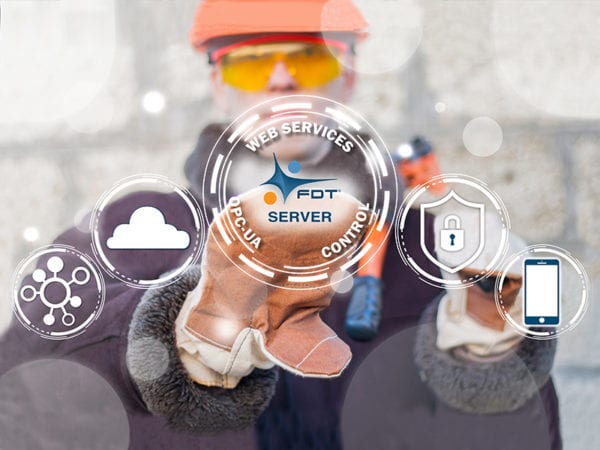
FDT Group, an independent, international, not-for-profit standards association supporting the evolution of FDT® technology (IEC 62453), today announced that its Board of Directors voted unanimously to empower the emerging FDT IIoT Server™ (FITS™) architecture with full platform independence. This principled decision strengthens the FITS architecture to support the diverse array of operating systems to meet industry-driven demands.
In addition to platform independence, key features of the FITS solution include native integration of the OPC Unified Architecture (OPC UA), as well as comprehensive Control and Web Services interfaces. With built-in security protecting valuable information and operating data, the FITS platform will enable cloud, enterprise, on-premise, and a single user desktop deployment method meeting the needs of the process, hybrid and discrete manufacturing sectors.
“The FITS platform is the ‘game-changer’ the automation industry has been anticipating,” said Glenn Schulz, managing director of FDT Group. “I’d like to thank our Architecture and Specification Working Group that worked behind the scenes investigating and prototyping the platform independence feature approved by our board.”
Schulz added, “The Architecture and Specification Working Group has been directed to immediately transition FDT Server Common Components to a pure .NET Core implementation, previously built on the Microsoft .NET Framework. This transition will result in a single FDT Server environment deployable on a Microsoft-, Linux-, or macOS-based operating system, which will empower the intelligent enterprise by bridging the current installed-base with next-generation solutions supporting the IIoT and I4.0 era.”
The significance of platform independence with the FITS architecture cannot be overstated, as the secure deployment and application scenarios become nearly unlimited. For example, cloud-based FDT Servers can enjoy the performance and cost benefits of a Linux operating system. Traditional control system vendors can offer the FDT Server embedded in their hardware, and machine builders can deploy a small Linux-based FDT Server offering a comprehensive preconfigured asset management system for their skid that can be securely accessed remotely or with smart phones or browsers. MES applications can also incorporate an FDT Server to gain secure, direct access to production data and asset health and availability metrics through OPC UA. In addition, service providers can wrap services around an FDT Server delivered in an industrial hardened Linux box. The opportunities for cost savings and value creation goes on due to the highly flexible deployment options of the FITS standard.
Because of the security, scalability and the ease of deployment of an FDT Server, the solution will simplify entry into the IIoT marketplace as the only open platform standardized integration architecture providing a single interface with mobile access cloud-to-plant-floor. The decision to migrate to platform independence will delay the launch of the FITS specification by approximately six months. Given the value delivered through full platform independence, this is a small, short-term tradeoff that will pay off in huge dividends. With the launched planned for the latter half of 2019, along-side Common Components supporting the FITS standard, automation suppliers and service providers will immediately reap the benefits of a quick development and deployment strategy for the automation industry to benefit from. Common Components create a library of FDT routines and will simplify compliant development of FITS-based solutions such as Servers, Device Type Managers™ (DTMs™) and APPs.
The final standard will be delivered as three documents: the FDT 2.5 specification, which builds on FDT 2.1 to include HTML5 and JavaScript graphical user interface features; the FITS Web Services Technical Specification, which describes the Web Services interfaces and requirements for an FDT Server; and the OPC UA Annex detailing the OPC UA Server mapping for an FDT Server.
Developers interested in implementing FITS are encouraged to join the FDT Group.